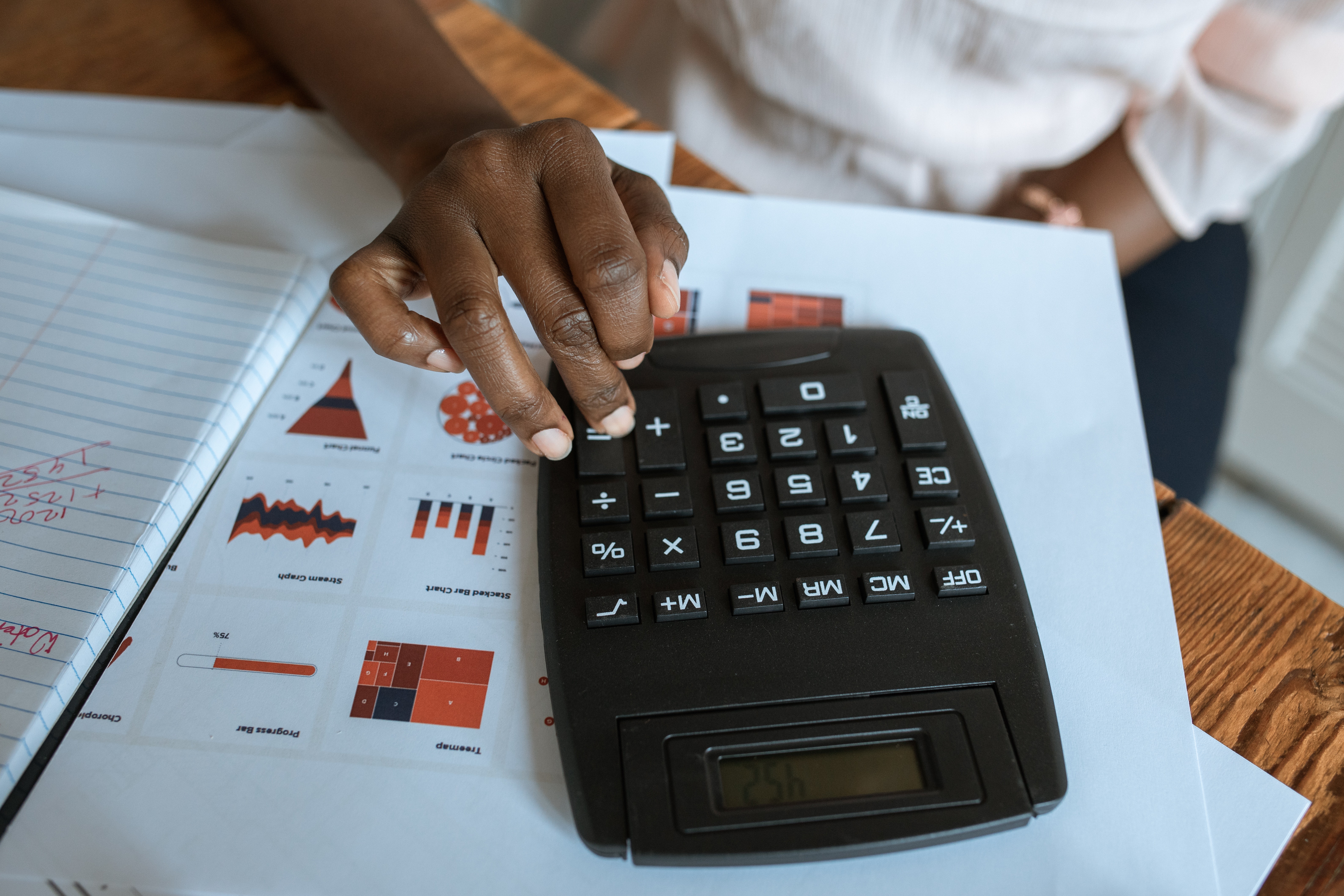Pre-qualifying for a personal loan is a preliminary step in the loan approval process. It gives lenders a preview of your creditworthiness and gives you a preview of the loan you might receive. Getting pre-qualified, however, doesn't guarantee you a loan; lenders will verify your information before final approval.
Fill out the pre-qualification form
Many lenders let you pre-qualify on their website by filling out a form online which can include the following:
- Name, birthdate, social security number
- Address and phone number
- Details of your employment, including your annual income
- Other financial information such as whether you have savings, retirement, or investment accounts
- Your desired loan amount, loan purpose and repayment term
Because rates and terms vary, you should attempt to pre-qualify for multiple personal loans to compare offers. They will include your potential loan terms, like the amount you qualify for and the interest rate.
Undergo a soft credit check
Pre-qualifying for a personal loan should not impact your credit score. Lenders will do a soft credit check once you submit the pre-qualification form. A soft credit check is used to determine your creditworthiness which does not show up on your credit report. Borrowers should pre-qualify with multiple lenders to find the best and cheapest loan option.
If you continue with a loan application after pre-qualifying, the lender will verify your financial history with a hard credit check. Hard credit checks stay on your credit report for up to two years and will affect your credit score.
Find out if you are approved
The most important factor for most personal loan lenders is your credit score. Building a strong credit history is the best way to increase your likelihood of pre-qualifying. You need to pay your bills on time, keep your balances low and aim to pay your credit card balances in full each month to that your debt is low.
You can also try to get a secured personal loan which requires you to pledge collateral like your car or savings account to guarantee the loan. It is easier to get approved for a secured loan but you can lose collateral if you fail to make payments.
Some lenders offer joint loans or cosigned loans. These options allow you to add someone with stronger credit to your application, increasing your chances of approval but that person is on the hook for any missed payments.
How to get a loan with bad credit
If you are worried about qualifying because of your credit score, personal loans from credit unions may carry low rates and flexible terms for those with bad credit.
Some lenders online also offer bad-credit personal loans. These lenders consider other parts of your application like your education and where you work. They typically offer higher rates so the loan will be more expensive.
Formally apply for a personal loan
Once you submit your pre-qualification form, you should see potential loan terms within minutes. If you are happy with the amount, rate, and repayment term, you are ready to formally apply for a personal loan.
This involves uploading financial documents like bank statements and recent tax returns. After you have completed the application, the lender will perform a hard credit check. If approved, some lenders can fund the loan as soon as the next business day.
If your application is denied, you should get a notice or letter. This will include information about the credit agency that provided the report, why you were denied, your current score and factors contributing to it, and how you can get a free copy of your report.











